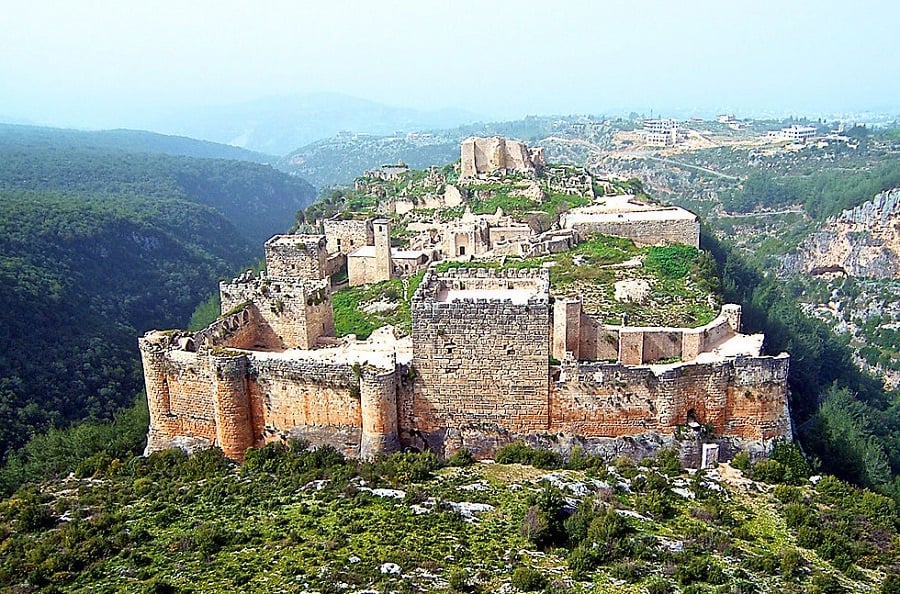
The Byzantine-era castle in Syria, Fortress of Saladin, is in danger of collapse following the deadly earthquakes that hit Syria and Turkey in February.
The castle, a UNESCO World Heritage site that has survived centuries of conflict, has fissured walls and crumbling arches. “All of the fortress’s towers are in danger,” the custodian of the castle Zuhair Hassoun said, warning that one had already fallen after the quake.
The Turkish daily Hurriyet quotes him as saying that other parts ” will inevitably collapse”, adding that it is only “a question of time”.
The hilltop fortress surrounded by forest was among dozens of cultural heritage sites that officials say were damaged in the devastating 7.8-magnitude quake that hit Turkey and Syria on Feb. 6.
More than 50,000 people were killed in the disaster, almost 6,000 of them in Syria.
The Fortress of Saladin, also known as Sahyun Castle, is an architectural treasure with Byzantine roots in the 10th century, rebuilt by Frankish Crusaders in the 12th.
Castle captured by Byzantine Emperor John Tzimiskes
The site has been fortified since at least the mid-10th century.
In 975 the Byzantine Emperor John I Tzimiskes captured the site and it remained under Byzantine control until around 1108.
Tzimiskes was an intuitive and successful general who married into the influential Skleros family. He strengthened and expanded the Byzantine Empire to include Thrace and Syria by warring with the Rus under Sviatoslav I and the Fatimids respectively.
Early in the 12th century, the Franks assumed control of the site and it was part of the newly formed Crusader state of the Principality of Antioch. The Crusaders undertook an extensive building program, giving the castle much of its current appearance.
In 1188 it fell to the forces of Saladin after a three-day siege. The castle was again besieged in 1287; this time both defenders and attackers were Mamluks.
In 2006, the castles of Qal’at Salah El-Din and Krak des Chevaliers were recognized as a World Heritage Site by UNESCO.
See all the latest news from Greece and the world at Greekreporter.com. Contact our newsroom to report an update or send your story, photos and videos. Follow GR on Google News and subscribe here to our daily email!



